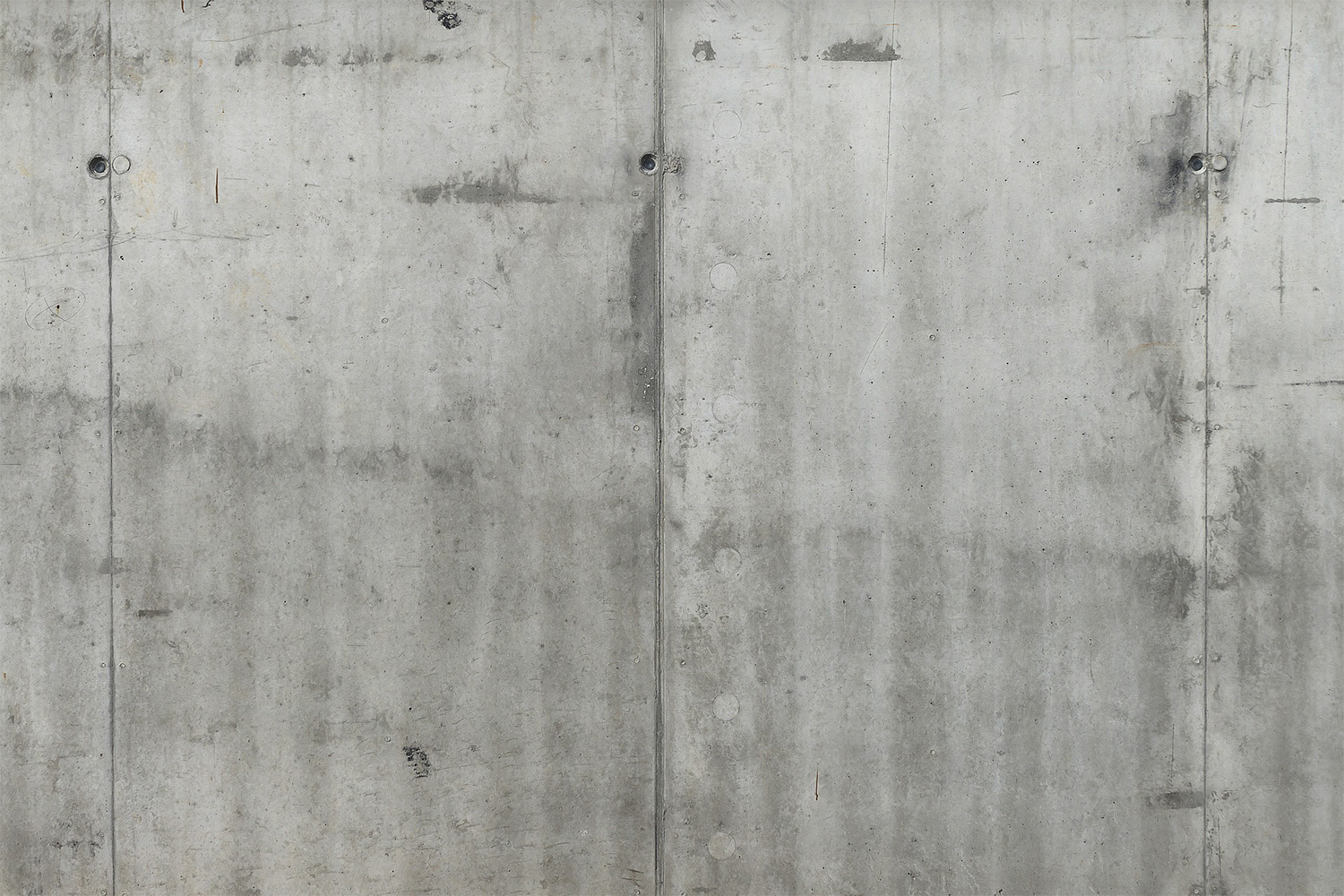Cold Weather Concrete
Share

Starting a construction project in late fall is never easy.
Combine a late fall start with a polar vortex, and you are certain to have a challenging winter ahead of you! The Tocci team building L.I.F.E Colonial Village is winding down concrete operations after a winter that combined near-record cold temperatures with above-average snowfall. Needless to say, we are all looking forward to spring.
“The American Concrete Institute defines cold weather concrete operations as when the daily air temperature is less than 40°F and the air temperature is not greater than 50°F for more than one-half of any 24-hour period.”
Using this standard, Superintendent John White placed more than 70% of the concrete at the Colonial Village project under cold weather concrete procedures through February 11. Five of eight placement days from January 10 through February 11 were below freezing, with three of those days below 20 degrees.
In preparing for battle I have always found that plans are useless, but planning is indispensable.
Dwight Eisenhower
A successful winter concrete operation requires meticulous planning on the part of the project team: mobilization of concrete blankets, keeping temperature charts, and careful consideration of the concrete mix design.
In order to combat ground frost, the L.I.F.E. team utilized a glycol ground heater. The ground heater, in combination with blankets and tarps, was used to thaw the interior footprint of the buildings to prepare for interior footings and elevator pits. Unsuitable soil was removed from the interior foundations and replaced with compacted stone to ensure that new footings were never placed on frozen ground, snow, or ice. The stone sub-base provides an added safety benefit by keeping the crews out of the mud, reducing slip and fall potential.
Following concrete placements, the crew protected the fresh concrete from freezing using curing blankets. Keeping concrete warm during the first 48 hours is critical for concrete strength development. Concrete blankets and tarps with supplemental heat have been very effective in keeping the concrete walls and footings warm. Unfortunately, the blankets have from time to time become frozen to the ground – thanks in part to the season’s abundant snowfall.
In addition, the crew also carefully balanced the timing of the formwork removal, achievement of early strength specifications, and concrete temperature to avoid causing damage to the concrete during form removal. In order to ensure this balance was achieved during extremely cold days, a non-corrosive, non-chloride set-accelerating admixture, W.R. Grace’s POLARSET®, was added to the concrete. This type of admixture promotes early strength development in the concrete, so the concrete crew could remove formwork from the warm concrete.
These cold weather concrete techniques have helped keep the project progressing during these cold winter days on site. That and a whole lot of shoveling.
John White
Stay warm John…four more weeks until spring.